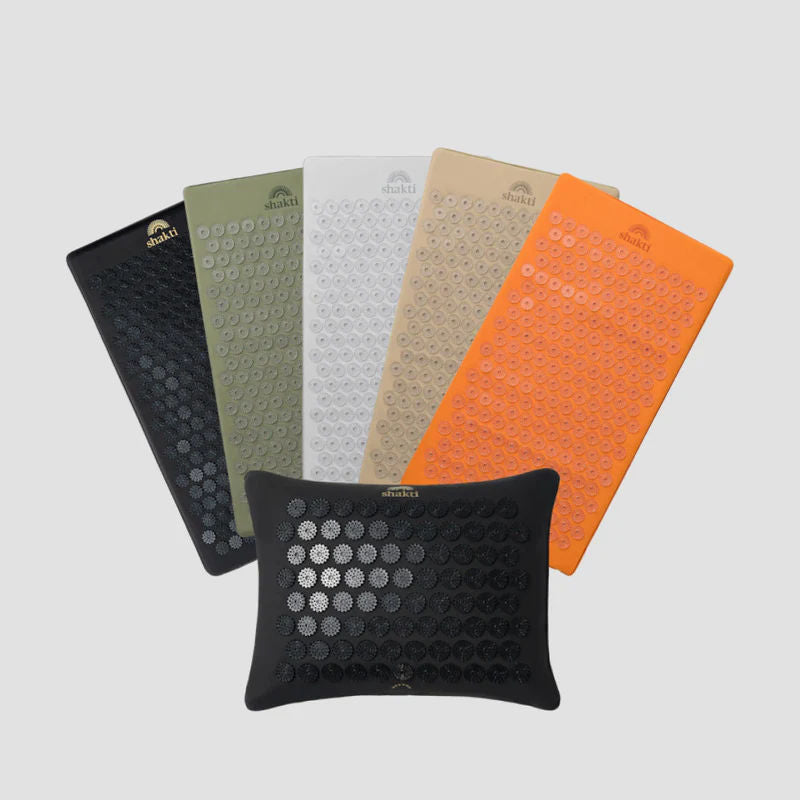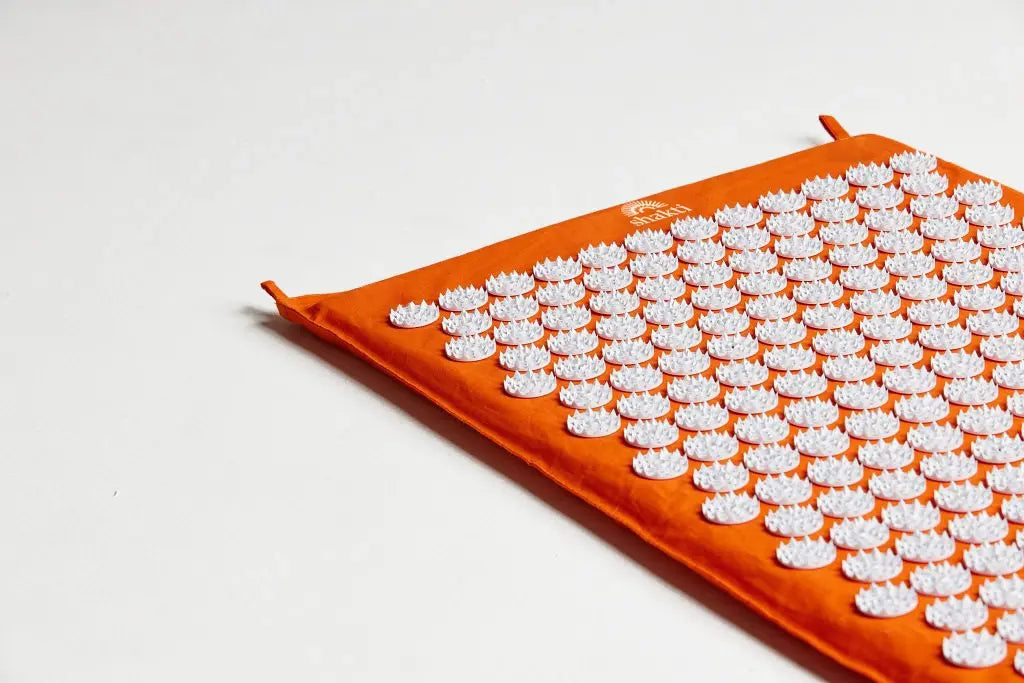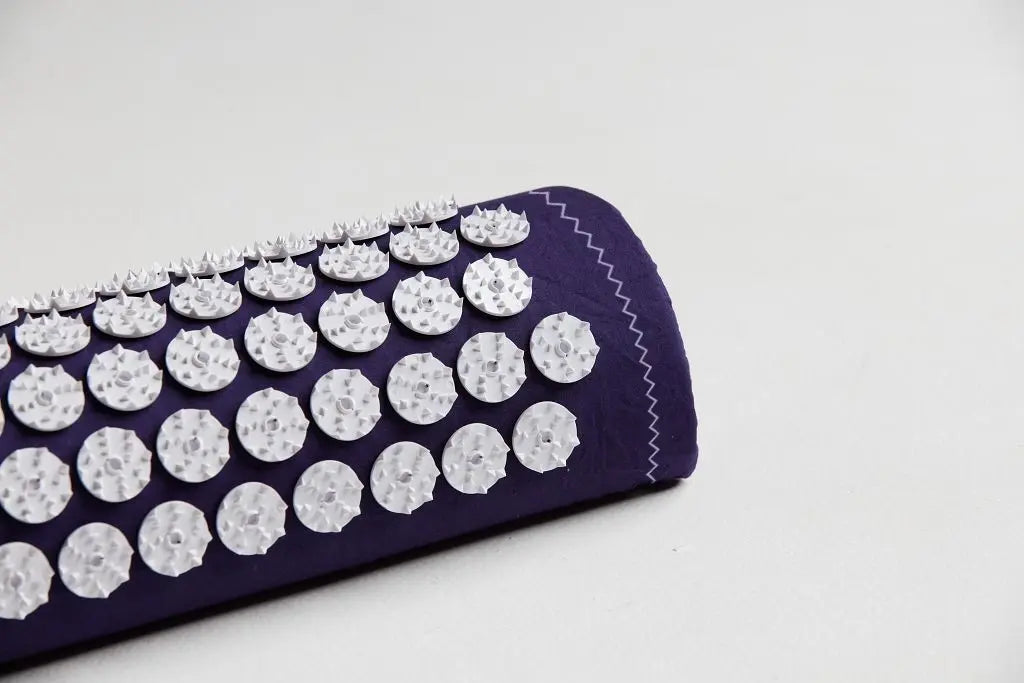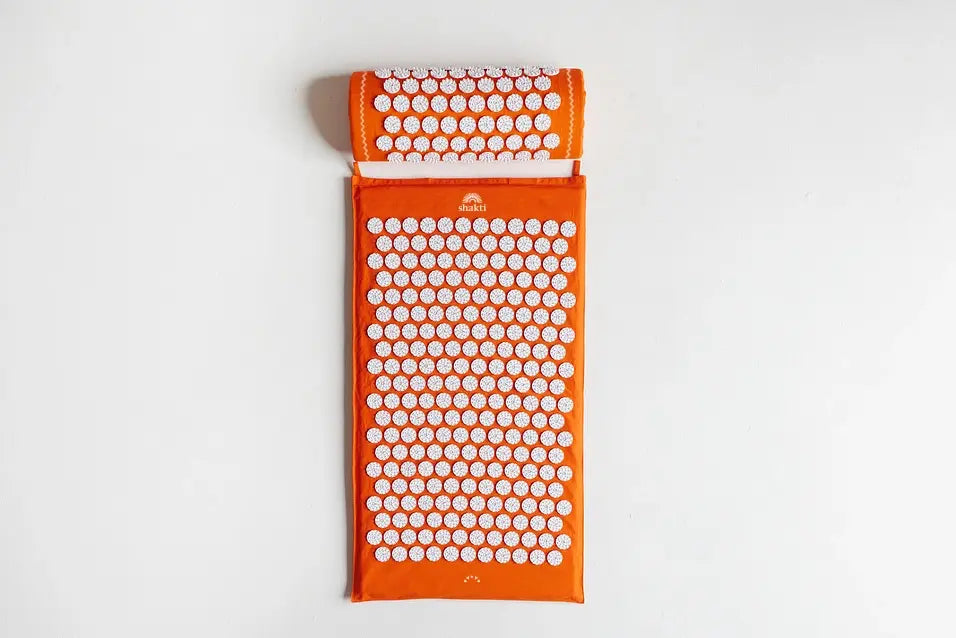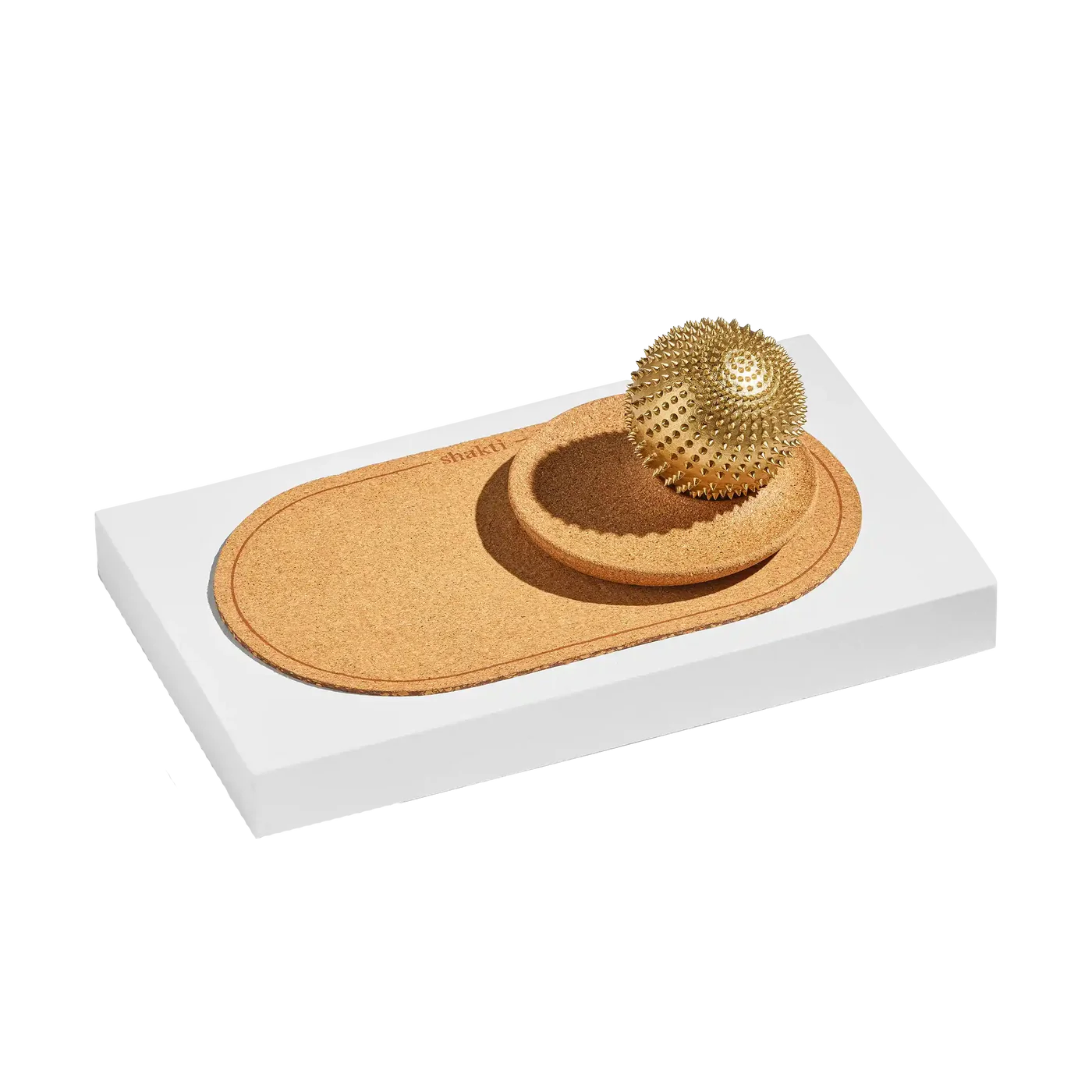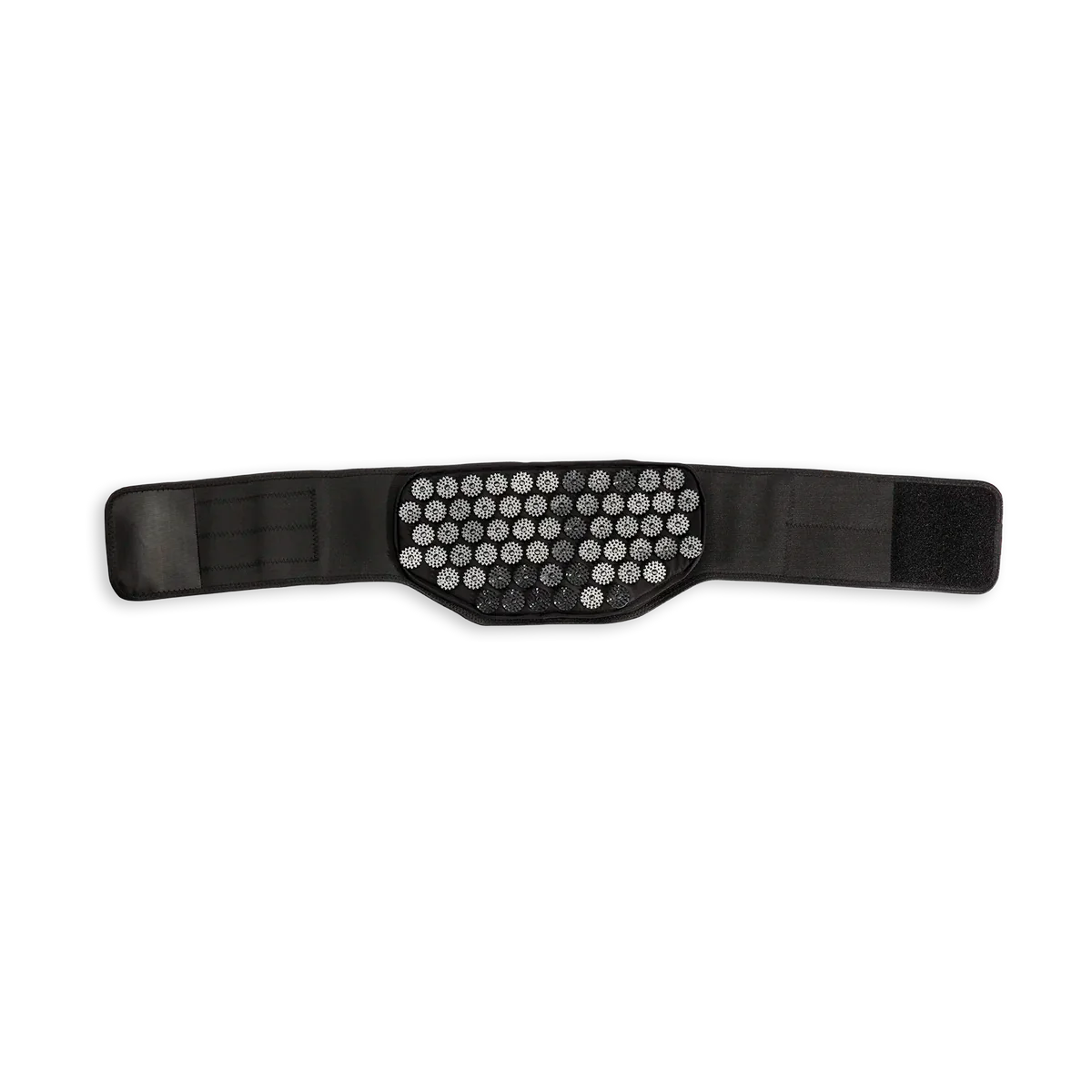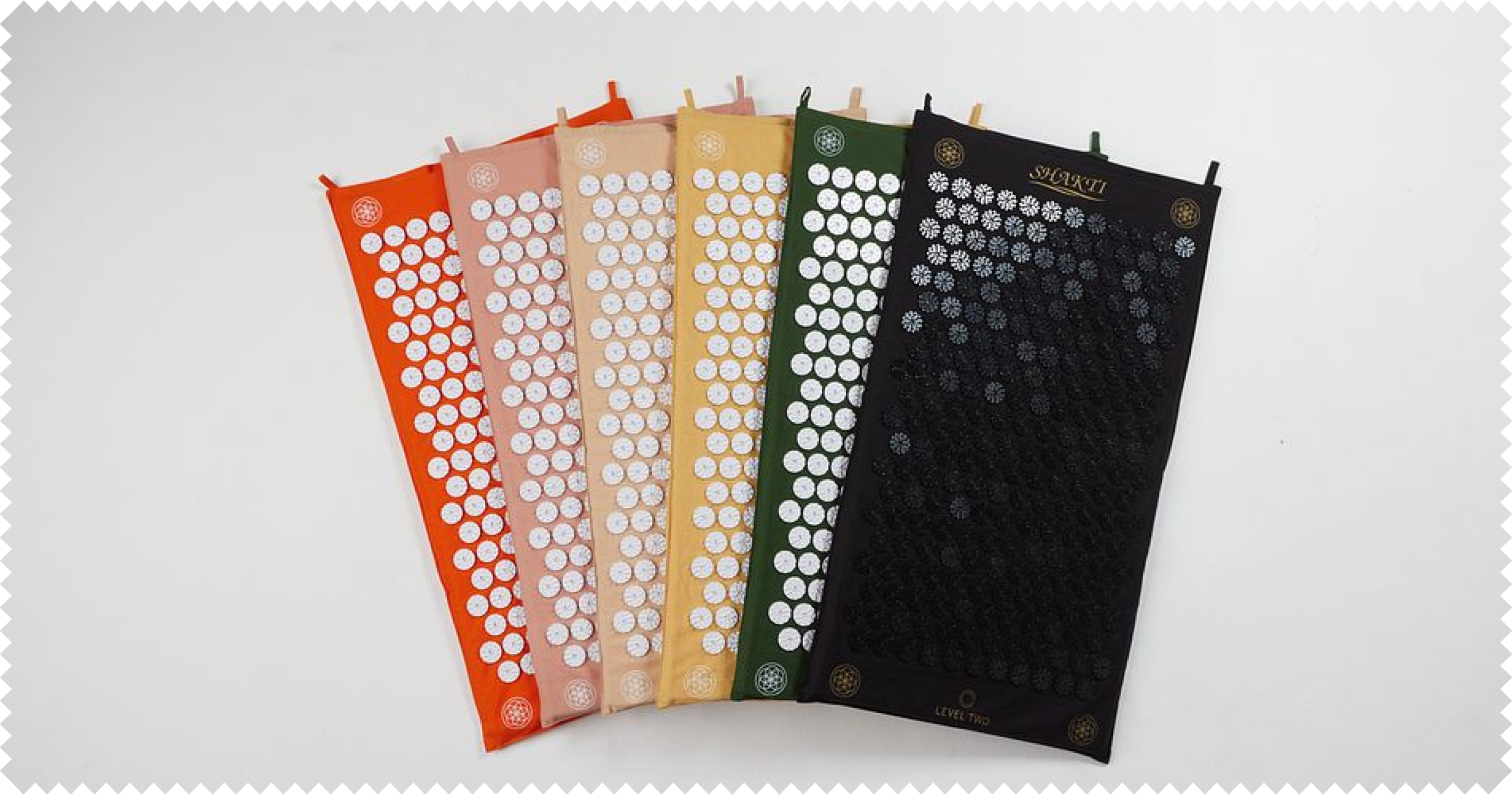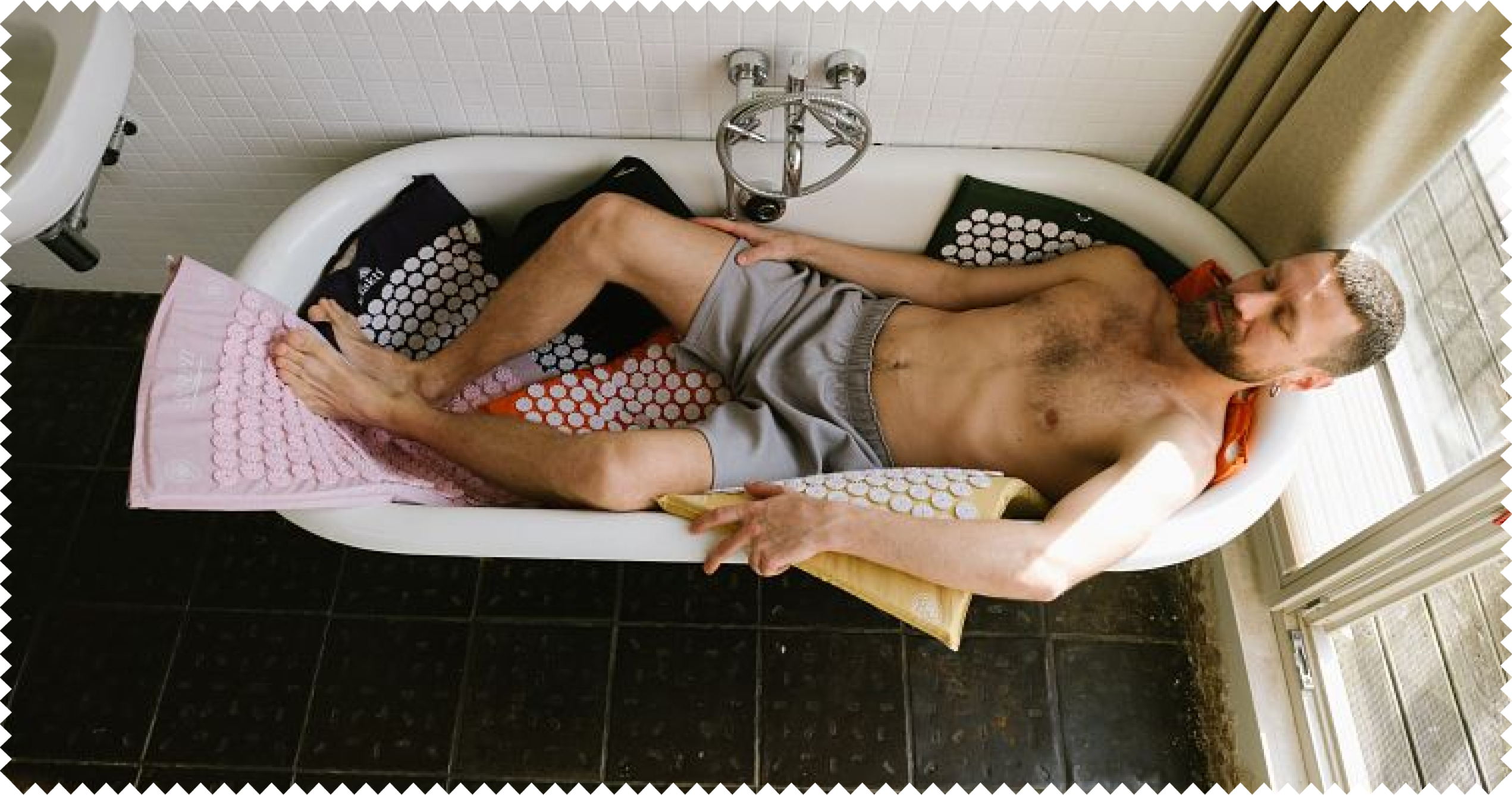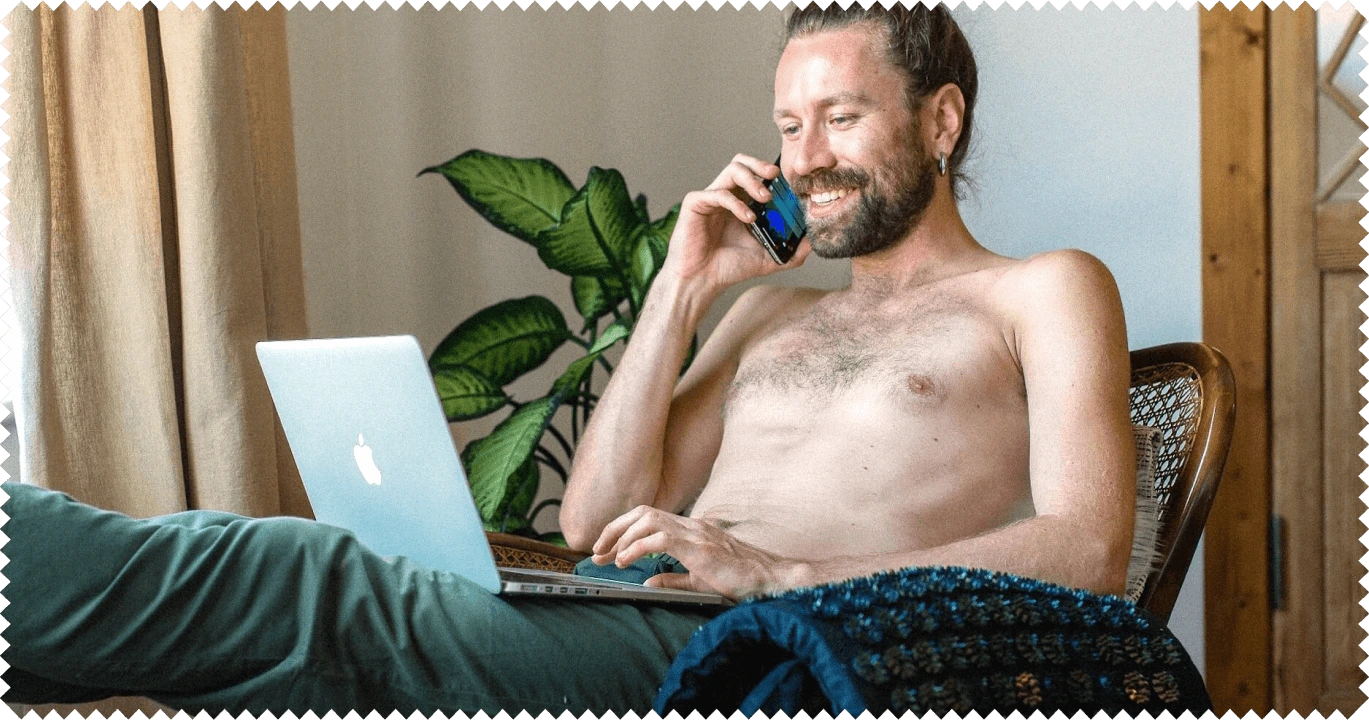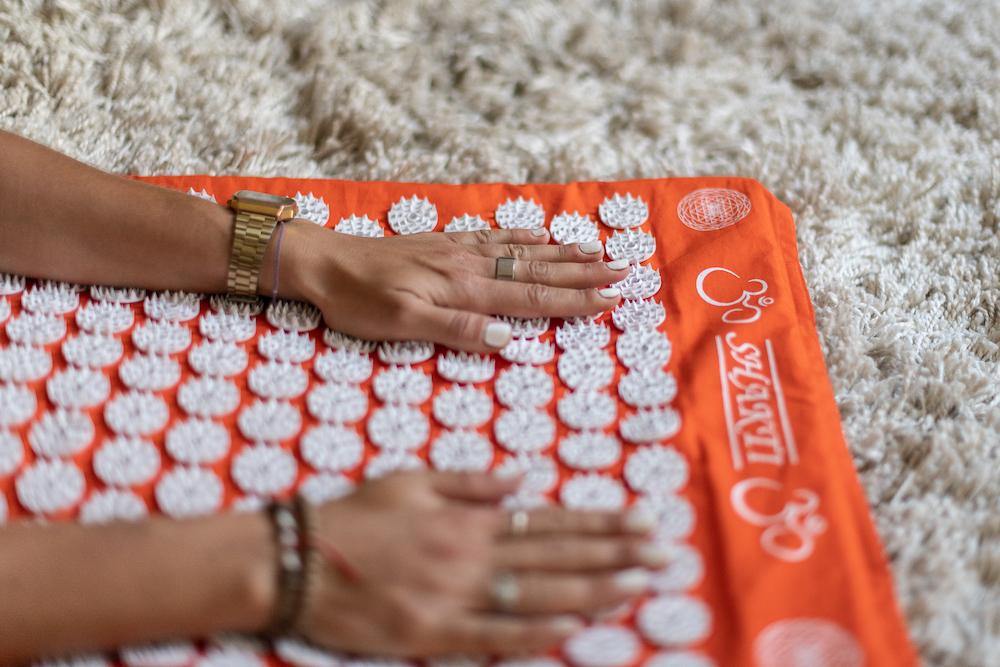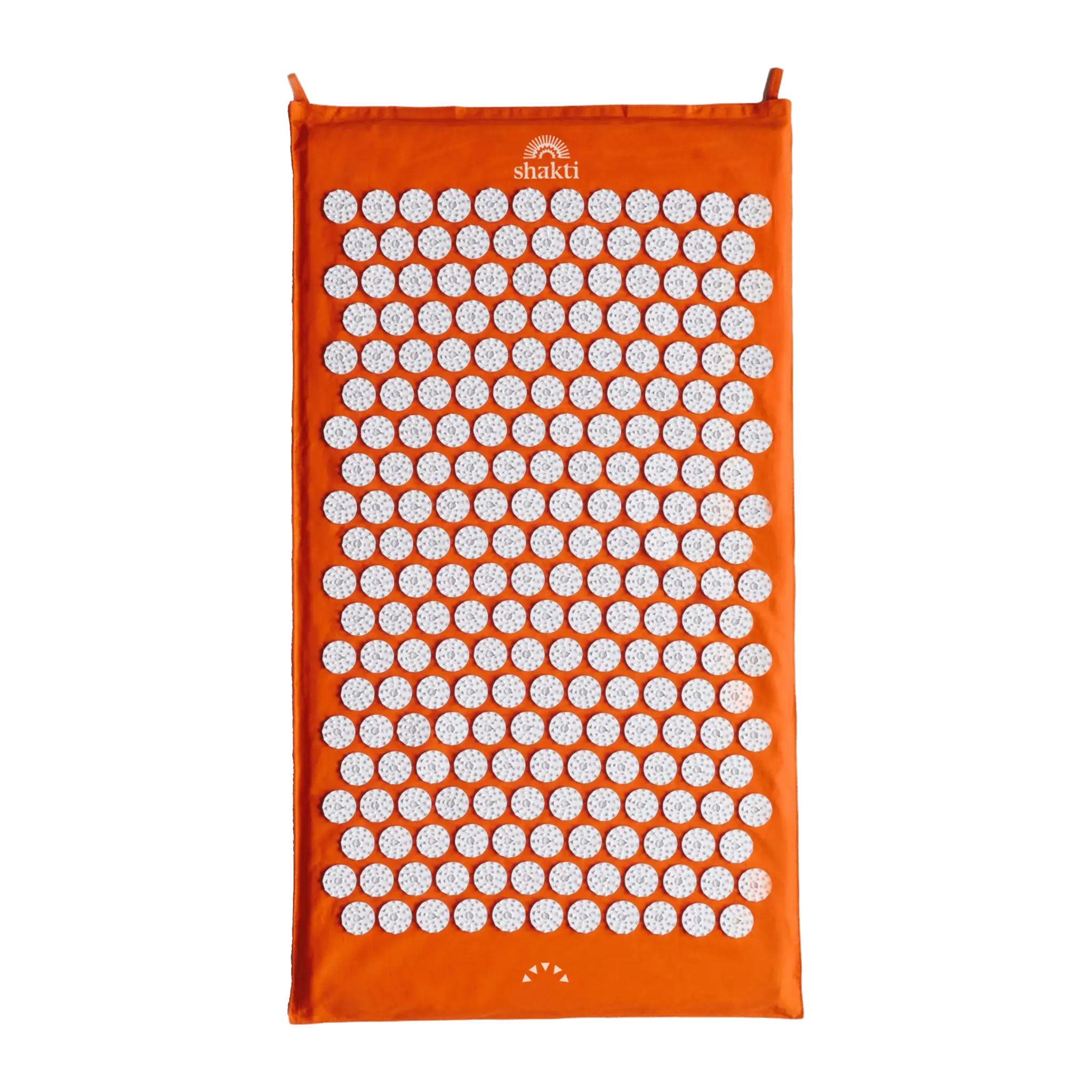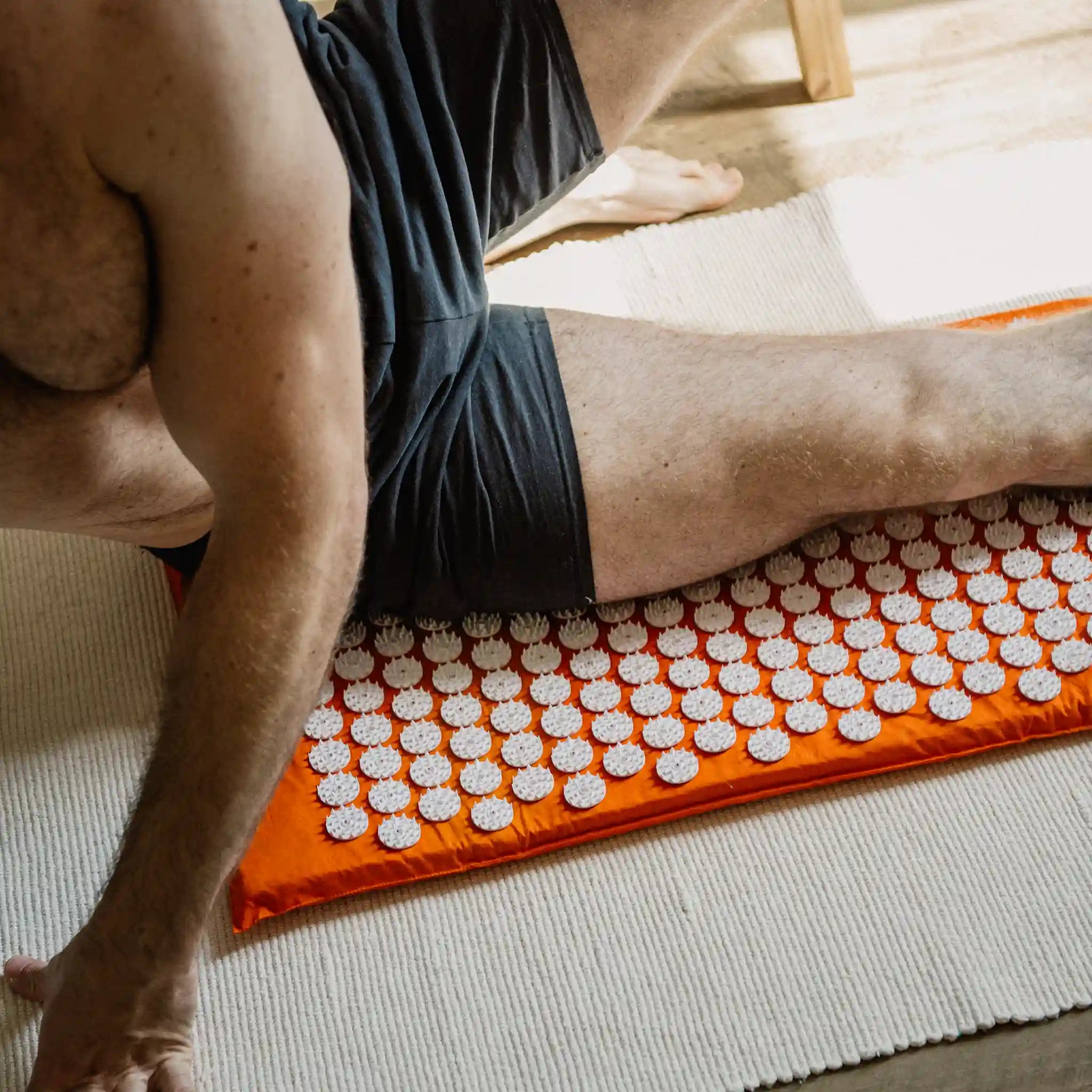- What is polyneuropathy?
- Do we know where polyneuropathy comes from?
- A personal story about polyneuropathy
- We have picked out three simple exercises that could help you with polyneuropathy
- The most important thing: do not hang your head
Tingling, burning or numb body parts - these are just some of the symptoms that can occur with polyneuropathy. We have written this blog post to give you an insight and possible exercises to relieve the pain of polyneuropathy. Luckily, we weren't completely alone in this, but had support from the wonderful Bettina, who was affected by polyneuropathy herself. Bettina told us her very personal story and shared ideas on how she was able to enjoy pain-free moments back then.
But for anyone who has never heard of polyneuropathy, let's start at the beginning...
What is polyneuropathy?
Polyneuropathy is a nerve disease or nerve damage. It affects several or all peripheral nerves. Around 5-8% of the adult or elderly population have this disease. This makes polyneuropathy the most common disease of the peripheral nervous system.
But what exactly are peripheral nerves?
First of all, a distinction is made between the central and peripheral nervous system. The central nervous system consists of the brain and the spinal cord. And the peripheral nervous system consists of "the rest", so to speak. It is responsible for controlling our movements. But not only that. It also takes care of our sensations such as feeling pain or cold. Other peripheral nerves are responsible for vital functions such as our breathing.
Polyneuropathy often affects the legs or hands. But what exactly does "affected" mean?
Well, this can vary from person to person, but in around half of all cases, the disease is accompanied by pain. The pain is not caused by an external stimulus, but by impaired stimulus transmission.
Other symptoms may include a feeling of heat or a strong burning sensation. It often happens that the affected areas tingle and there is a feeling of numbness. Symptoms of paralysis can make it feel a bit like walking on absorbent cotton. Typical of polyneuropathy is that the symptoms occur mainly at night, which disturbs sleep and sometimes even makes it impossible.
Do we know where polyneuropathy comes from?
It's not that easy to say. There are over 200 possible causes. Diabetes mellitus ("diabetes"), spinal disorders and alcohol abuse can be possible causes, but often a clear cause simply cannot be determined. Chemotherapy can also lead to polyneuropathy. It is the most common neurological side effect of tumor therapy. Certain cytostatic drugs can cause polyneuropathy - depending on the type of cancer and which drugs are used in chemotherapy. Depending on the study, polyneuropathy is recognized as a side effect in about 30-40% of those treated.
However, since the therapeutic options depend crucially on the specific cause, the following still applies: keep at it and identify your own causes.
A personal story about polyneuropathy
In a roundabout way, we found a woman who has agreed to share her very personal story about polyneuropathy in the hope of encouraging other sufferers. Bettina was diagnosed with breast cancer in 2018. One side effect of the chemotherapy was polyneuropathy.

Dear Bettina, how did you find out that you have polyneuropathy?
I was diagnosed with breast cancer in December 2018 and started chemotherapy in January.
Two of the drugs I was given can cause damage to peripheral nerves as a side effect. These are the nerves that lie outside the central nervous system, for example in the hands and feet. And that is chemotherapy-induced polyneuropathy.
Although my hands and feet were cooled while I was receiving the infusions - this is to ensure that the active substances cannot reach and damage these peripheral nerve cells thanks to the poorer blood circulation - this unfortunately did nothing in the case of my feet.
How did the polyneuropathy feel for you?
There is a whole range of symptoms. For me, it started shortly before the end of chemotherapy. At some point I had this constant burning and stabbing pain in my feet.
What was particularly perfidious was that as soon as I lay down, the pain literally blossomed. Sleep was almost unthinkable. In retrospect, I can say that it really was a terrible time, even more stressful than the other side effects of chemotherapy.
How long did the symptoms last for you?
I had this severe pain for about two months. The only thing I could do that had a lasting effect was to take a certain substance to combat this nerve pain. Regular painkillers don't work. And I had to slowly increase the dosage of this medication until it finally reached the right level.
Now, after more than six months, I am slowly phasing it out again. I no longer have any pain, just the occasional discomfort in my feet. I can live with that. Fortunately, I am almost through with this issue.
What helped you during the time when you felt this pain?
Two things. Firstly, cool, cool, cool. Ice-cold footbaths with ice packs brought great relief for the moment.
I remember taking the train to rehab one month after finishing chemo, which was a journey of around 8 hours. Of course, I wondered how I was going to manage with my constantly aching and burning feet. I could hardly take a footbath with me. A friend then had the glorious idea of giving me a small cool bag. I packed it full of ice packs and put my feet in it for the whole train journey. I wonder what the other passengers thought (laughs)?
Even at night, nothing worked without cooling. I had bought some cooling socks with ice packs. At least I was able to sleep a bit.
By chance, however, I discovered something else, which is why we are talking today. Through Glynn (one of the Shakti founders), whom I know personally, I had a ShaktiMat at home. One day I thought I could try it out - although it really went against my instincts to put my aching feet on this spiky acupressure mat (laughs). But then...
In the moments when my feet were on the ShaktiMat, I was almost pain-free. That was a real "aha effect" for me! You can't underestimate what it means to be pain-free for even a moment during such a phase. I really hadn't expected that.
From that day on, I always had the ShaktiMat under my table and it became my daily "table companion". I couldn't stand on it with my full weight, but as long as I was sitting at the table, my feet were on the acupressure mat.
The only way I can explain the effect is that this strong stimulation of the nerves creates a counter-stimulus, causing the pain to fade into the background.
What would you give to someone who is currently experiencing symptoms of polyneuropathy?
That you should definitely try out whether the ShaktiMat can provide relief - in other words, integrate the ShaktiMat into your everyday life and treat your feet or other body parts that hurt due to polyneuropathy with the ShaktiMat. Unfortunately, you don't have too many options with polyneuropathy and in my case it turned out that this is definitely one of them. The ShaktiMat helped me a lot until my medication finally took effect.
And even now I still use them to stimulate my feet and damaged nerves. That's what you're supposed to do. In rehab, we used hedgehog balls and towels, but I think the ShaktiMat is even more effective.
And finally, I wish everyone affected early relief!
(End of the interview.)
We have picked out three simple exercises that could help you with polyneuropathy
First of all: test for yourself which exercises feel good and what length per exercise is right for you. Because: polyneuropathy leads to different (pain) sensations and numb or sensitive nerves.
Get your hands & feet on your ShaktiMat!

To stimulate your feet, simply stand on the mat. You may notice that this is still too intense for you at first. Then test it first in a sitting position, as Bettina did in our interview. Simply sit on a chair or next to your mat and place your feet on it. You can also start with socks and then leave them off at some point.
If you would like to stimulate your hands, rest them on your ShaktiMat. You can of course vary the pressure.
You can vary both exercises and do them for as long as you feel comfortable.
Customers report more life in their hands and feet in the short term. But even a whole hour or more without pain. You can find more application examples here.
Acupressure point N1 - the wonder button under the foot

Acupressure point N1, the "bubbling spring", is located in the middle of the front third of the sole of your foot. It is the acupressure point that can help with weaknesses in your feet and hot soles or even cramps.
N1 is located just under the ball of the toe between the first and second toe.
Press this point evenly or press and then push towards the heel - whichever feels better for you. If you press N1, do it so that you can feel it well, but not so that it really hurts.
G31 press for: Powerless legs, cramps & tingling

G31 bears the beautiful name "Palace of the Wind". This acupressure point may be the right one for you if you have weak, tired, weak legs or weak muscles - or if you suffer from tingling or calf cramps.
The whole thing goes like this: You stand up and simply let your hands hang down. The point is on the outside of your thigh. More precisely: 7 cm above the flexion crease of your knee joint. If you feel a depression there, you have arrived at the right spot. Press into this spot with your thumb. The effect is even more intense if you "spread" your thigh several times.
The most important thing: do not hang your head
As with many insidious diseases, it is important to know that you are not alone with polyneuropathy. There are many different people who experience symptoms of polyneuropathy due to many different causes. Knowing that there are things you can do about it yourself is comforting to the soul and helps you get through the often unpleasant symptoms.
We have put a lot of research, effort and love into this article and hope that we have been able to do you some good. If we've even been able to inspire you to try other ways of coping with pain, we'll be happy.
The most important thing is and remains: Don't hang your head! Making friends with such symptoms is difficult and certainly takes quite a while - if you ever manage it at all. But in many cases, just trying can bring relief.
We wish you lots of strength and health on your personal journey. Please write to us if this article has helped you or if you have any further questions about polyneuropathy and acupressure mats. We are open to feedback and are always happy to hear from you!
About the author
Karina Schönberger has been practicing yoga and meditation regularly for many years and owes her creativity in her day-to-day work to this practice. She studied media and tried her hand at marketing, events and PR. In the end, she decided to work for herself. Today, she writes content to inspire you to live your life more consciously and happily.
Sources for this article:
- Eckert, Achim: The Tao of Acupressure and Acupuncture: The Psychosomatics of Points, Thieme, Stuttgart 2010, p. 54
- Meng, Alexander and Exel, Wolfgang: Self-help through acupressure & co: Press the point - stop the pain. maudrich, Vienna 2015, p. 116
- Zifko, Udo: Polyneuropathy: How to overcome excruciating nerve pain, Springer, Vienna 2017, p.13
- Our great Facebook community


